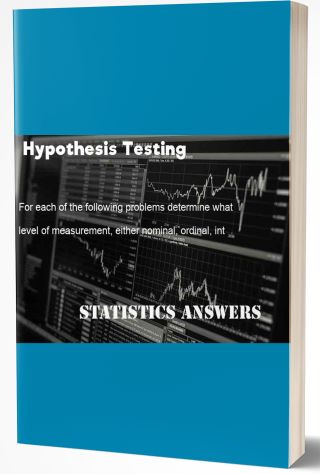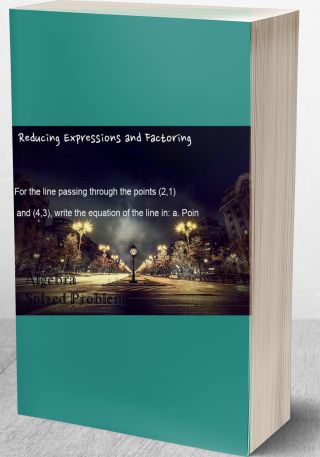Research results suggest that children who show high levels of stimulation seeking as preschoolers
Question: Research results suggest that children who show high levels of stimulation seeking as preschoolers, will also show higher IQs as young adolescents (Raine, Reynolds, Verables, and Mednick, 2002). In an attempt to evaluate the size of this effect, a researcher obtained measures of stimulation seeking for a sample of 30 3-year-old children. The children were separated into two groups consisting of the n = 15 highest and n = 15 lowest stimulation seekers. At age 11 each child was given an IQ test. The IQ scores for the high-stimulation-seeking group had a mean of M = 113.6 with SS = 2780 and the mean for the low group was M = 102.4 with SS = 2470. Use the sample data to estimate the population mean difference in IQ at age 11 between children who exhibited high stimulation seeking and children who showed low stimulation seeking at age 3. Make a point estimate and a 90% confidence interval estimate.
Deliverables: Word Document





![[Solved] The professor is thinking about requiring a remedial statistics course for students who do not do we #21296 Hypothesis Testing](/images/downloads-images/featured/Statistics-question-7504.jpg)

